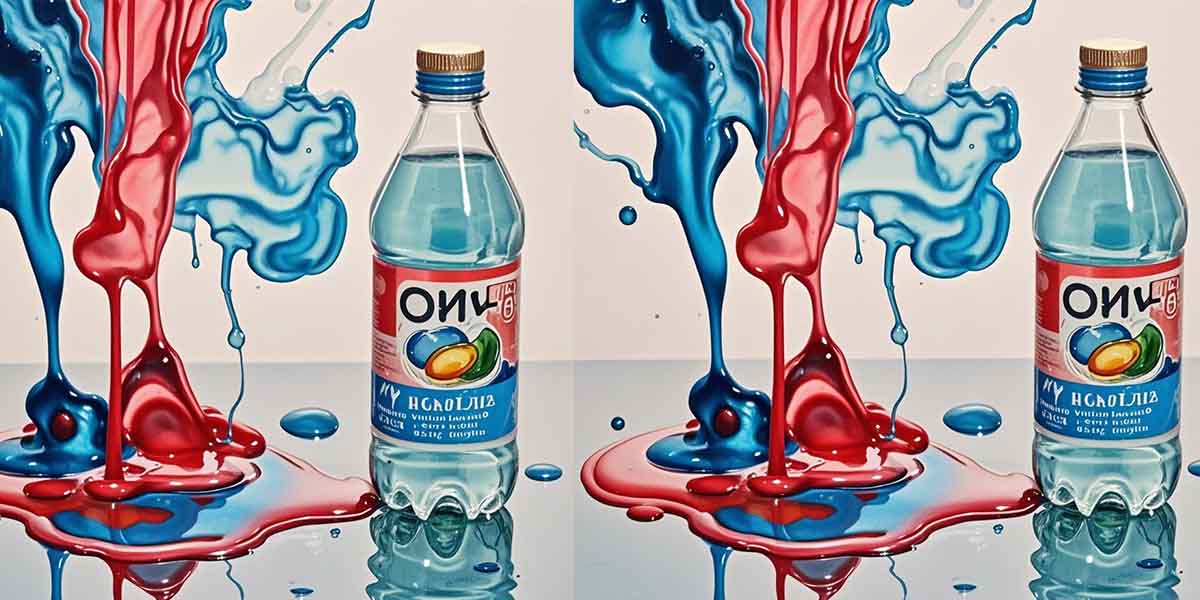Selecting the Pad & Screen Printing Inks | Six Key Factors
【Abstract】Choosing pad & screen printing inks is challenging for beginners but easy for experts. Newcomers should consider six factors: substrate, abrasion/chemical resistance, high-temp resistance, gloss, drying speed, special substrate adaptability & environmental regulars. Different substrates absorb ink differently. Assess substrate use and customer needs, like friction, chemical & high-temp resistance. The right ink saves troubleshooting and ensures quality results. Join Tefisen's ink engineers to explore it.

Selecting the right pad printing ink for products can be a challenging task for beginners, but for experienced ink technicians, having knowledge of the substrate material and printing requirements basically allows them to determine which ink to use. This is based on their understanding of inks. For beginners, here are six aspects to consider when choosing the right pad printing ink for a product:
Firstly, assess the substrate material. Different substrate materials have varying absorption capabilities for ink, so each ink company develops inks specifically for different substrates, such as Tehuisheng's TS100-900 series. Using the wrong ink can result in poor adhesion and easy detachment. Often, customers will provide reference samples or ink testing requirements, such as the cross-hatch test or 3M adhesive tape peel test, to ensure the best match between the ink and the substrate material.
| Product Model | Adaptable Substrates |
| TS100 | Soft and hard PVC, PC, PS, ABS, AS, soft materials, trademark plates, vinyl chloride steel plates |
| TS200 | Treated polypropylene, treated polyethylene, polyester, FRP, FBT, PET self-adhesive, urethane-coated boards, chrome-plated plates, and stainless steel plates |
| TS300 | Treated PP, PE, and untreated PP materials |
| TS500 | Metals, glass, wood |
| TS600 | Magnesium boards and other metals, as well as various amino paint coatings |
| TS700 | Hot pot stands, electronic coffee tables, steam-cooked glass tabletops, decorative glass panels |
| TS800 | Mobile phone glass covers, tablet glass covers, touchscreen glass, watch glass, MP3, MP4 lenses, car displays, LCD TVs, and other glass products |
| TS900 | UV inks |
Considerations for Wear Resistance, Chemical Resistance, and High Temperature Resistance
The application scenario of the substrate must be considered, and wear resistance and chemical resistance cannot be ignored. For example, in the food packaging industry, the ink must withstand multiple wipes with 75% ethanol without fading to ensure food safety. For tableware that needs to pass dishwasher tests, the ink must withstand the impact of high-temperature water flow up to 80°C without peeling off. Chemical resistance includes alcohol resistance, gasoline resistance, acid and alkali resistance, etc.
High temperature resistance is also a crucial indicator. Some glass inks require high temperature resistance, with some even requiring temperatures up to 270°C. Based on different requirements, select qualified inks.
Glossiness
Glossiness is key to enhancing the visual appeal of a product. The choice of glossiness should be based on different substrates and the color of the substrate to be printed. Whether it's matte or glossy, the printing effect should look outstanding. For example, some people choose UV ink for dark gray drone wings. From 0% matte to 100% gloss, each level of gloss has its unique charm. Based on design requirements, choose the most suitable gloss level (such as 60% semi-matte, which is neither too low-key nor too shiny).
Drying Speed
The drying speed directly affects production efficiency and product quality. There are different types of inks, such as slow-drying and fast-drying, based on ink characteristics combined with production and testing requirements. If the product needs to be packaged, transported, or stacked quickly, a faster-drying ink should be selected to avoid sticking or contamination issues.
Adaptability to Special Substrates Like Silicone
For substrates like silicone, which have high flexibility and special physical properties, it is necessary to select inks that can withstand stretching and bending without cracking. These inks often undergo special curing processes to ensure excellent adhesion and durability.
Environmental Regulations for Pad Printing and Screen Printing Inks
In the food safety and medical fields, the environmental friendliness and safety of inks are top priorities. Non-toxic, heavy metal-free medical-grade inks must be used to ensure the biocompatibility and safety of the product. All toxicity indicators must be strictly controlled within safe limits and meet corresponding certification requirements, such as California Proposition 65, PAHs, FDA, LFGB, etc.
In summary, by comprehensively considering the above six aspects and utilizing the comprehensive pad printing ink product series provided by professional manufacturers like Tefisen for screening, you will be able to quickly find the best ink solution suitable for various substrates. For questions, please contact us: Tefisen Customer Service Hotline: 86-752-3296999, or E-mail: sales@tefisen.com. Please note that when using customer service phone numbers or links, stay vigilant and ensure the information is authentic to avoid unnecessary losses. Always be cautious when providing personal information, paying fees, or sharing verification codes.

